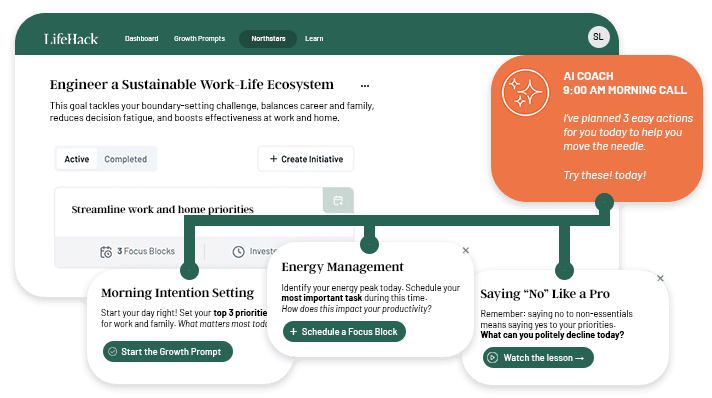Indoor plant pests can multiply rapidly and infest plant life throughout the course of a year. A plant and its soil harbors common garden pests, like spider mites, aphids, ants, whiteflies, pill and mealy bugs, to name just a few.
Most indoor plant pests can be easily controlled with early detection and a quick response. However, not all plants can be saved.
Spots of mold, yellowing foliage, wilting and holes in the leaves of indoor plants are all signs of a weak plant. Plants that are healthy and strong can withstand infestations from indoor plant pests better than weaker and more feeble ones.
It’s best to dispose of a diseased plant if it is not expensive and rare. Another healthier specimen can be obtained at a later date.
Ways to Deal with Indoor Plant Pests
If indoor plant pests are affecting your houseplants, a wide range of biological pesticides, such as insecticidal soap, can be used around the home without harming its other inhabitants.
1. Use only appropriate pesticides. Carefully read product labels in order to be sure a pesticide is suited for the problem being treated, as well as ensuring the product is not harmful to the plant.
2. Use organic pesticides. A variety of efficient organic insecticides and miticides are available, including rubbing alcohol, pyrethrine, insecticidal soap, rotenone and diatomaceous earth.
Additionally, powdered sulfur is a good organic fungicide.
3. Wash plants with mild, soapy water and rinse the leaves with warm water to get rid of indoor plant pests.
4. Remove egg sacs, cocoons, or webs found on plants with a cotton swab dipped with isopropyl alcohol.
Ways to Avoid Indoor Plant Pests
A more natural way to prevent or remove indoor plant pests is to use other plants that contain certain properties to repel harmful insects.
Selecting plants that control insect pests not only saves time and money, but it is a more environmentally friendly way to prevent and control an indoor plant pest infestation.
1. Know the specific needs for each plant, in order to improve growing. Most indoor plants prefer to be closer to light sources and brighter areas.
Some plants benefit from a supply of artificial lighting.
2. Regularly apply the appropriate amount of fertilizer to plants throughout the growing season.
3. Use only pasteurized potting mixes and carefully isolate new plants after purchasing, as it helps in avoiding most indoor plant pests and disease problems.
4. Improve the air circulation around houseplants.
5. Repel mosquitoes, flies and thrips with basil. Planting basil alongside tomato plants helps in fending off indoor plant pests and, in most cases, helps in growing larger, tastier tomatoes.
Unlock Your Time Potential: From Chaos to Control
Discover how to reclaim your time and transform chaos into productivity with our comprehensive Time/Life Assessment.
If you're ready to take control of your time and boost your efficiency, don't miss this opportunity to get a personalized analysis and action plan.

6. Deter aphids, carrot root flies, Japanese beetles, moths, snails and maggots with garlic plants.
7. Place lavender around plants, herbs, and vegetables in order to repel fleas and moths.
8. Plant or place pots of scented marigolds around plants to work as an insect repellant. Mexican marigolds offend wild rabbits and a multitude of destructive insects.
French marigolds kill bad nematodes and repel whiteflies. Note: Marigolds do attract spider mites and snails.
9. Ward off spider mites and aphids with dill.
10. Repel a large variety of indoor plant pests with catnip. Catnip helps to deter ants, weevils, aphids, flea beetles, Japanese beetles and squash bugs.
A satchel of dried catnip helps in deterring ants that invade the home, as well. Catnip called Six Hills Giant is a good plant with sky blue blooms.
Severely infested foliage and flowers should be removed and periodic treatments of washing a plant with insecticidal soap helps in preventing and removing indoor plant pests.
Featured photo credit: House Plants Winter/Howlerbrand via howlerband.com
Ready for a Goal Breakthrough? Unlock Your Personalized Strategy

Experience the power of a strategy tailored just for you.
Our personalized system provides:
- Custom-crafted action steps based on your unique situation
- Insights tailored to your specific challenges and strengths
- A personalized roadmap to turn your goals into reality
Tailored recommendations powered by smart analysis















































